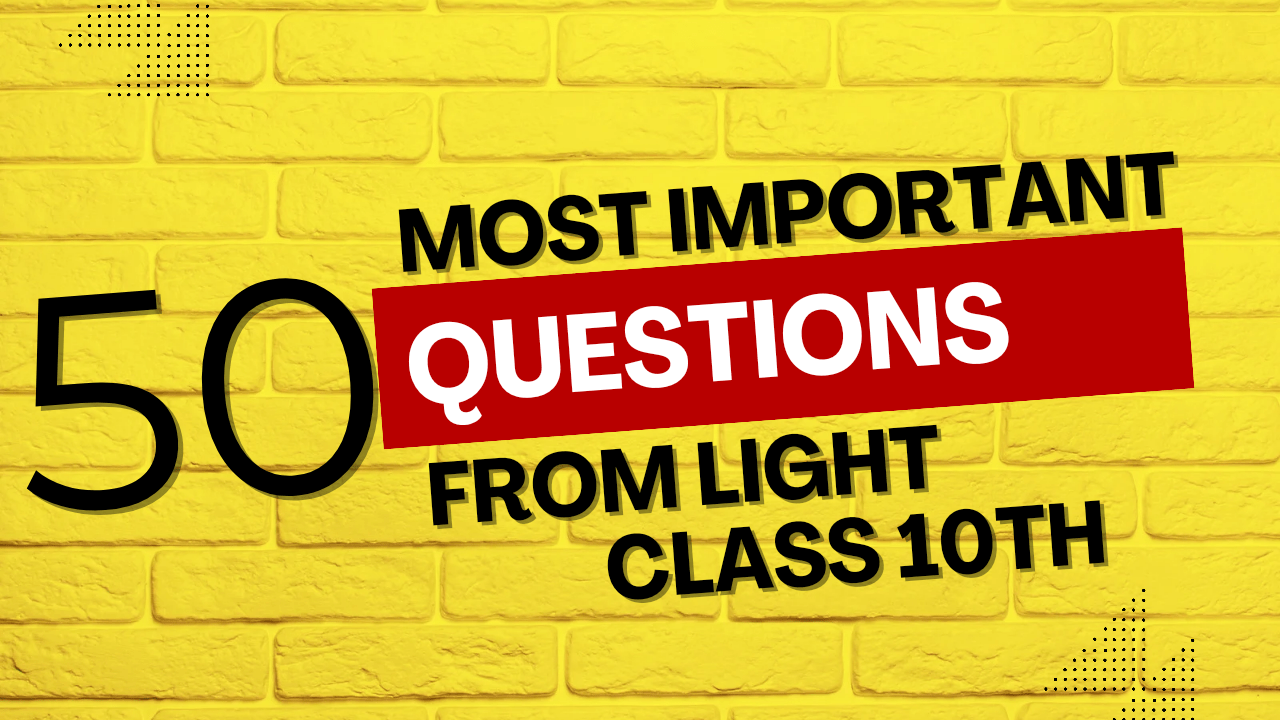Exercise 4.2 Solutions
Quadratic Equations
1. Find the roots of the following quadratic equations by factorisation:
(i) x² − 3x − 10 = 0
x2 – 5x + 2x – 10 = 0
x(x – 5) + 2(x – 5) = 0
(x – 5)(x + 2) = 0
The roots are 5 and -2.
(ii) 2x² + x − 6 = 0
2x2 + 4x – 3x – 6 = 0
2x(x + 2) – 3(x + 2) = 0
(x + 2)(2x – 3) = 0
The roots are -2 and 3/2.
(iii) √2x² + 7x + 5√2 = 0
√2x2 + 5x + 2x + 5√2 = 0
x(√2x + 5) + √2(√2x + 5) = 0
(√2x + 5)(x + √2) = 0
The roots are -5/√2 and -√2.
(iv) 2x² − x + 1/8 = 0
Multiply by 8 to clear the fraction: 16x2 – 8x + 1 = 0.
16x2 – 4x – 4x + 1 = 0
4x(4x – 1) – 1(4x – 1) = 0
(4x – 1)(4x – 1) = 0
The roots are 1/4 and 1/4 (equal roots).
(v) 100x² − 20x + 1 = 0
100x2 – 10x – 10x + 1 = 0
10x(10x – 1) – 1(10x – 1) = 0
(10x – 1)(10x – 1) = 0
The roots are 1/10 and 1/10 (equal roots).
2. Solve the problems given in Example 1.
Example 1 problems are:
(i) John and Jivanti have 45 marbles… The equation is x² - 45x + 324 = 0.
x2 – 36x – 9x + 324 = 0
x(x – 36) – 9(x – 36) = 0
(x – 36)(x – 9) = 0
The roots are 36 and 9. So, they started with 9 and 36 marbles.
(ii) A cottage industry produces a certain number of toys… The equation is x² - 55x + 750 = 0.
x2 – 30x – 25x + 750 = 0
x(x – 30) – 25(x – 30) = 0
(x – 30)(x – 25) = 0
The roots are 30 and 25. So, the number of toys produced was 25 or 30.
3. Find two numbers whose sum is 27 and product is 182.
Let the numbers be x and 27 - x.
Product: x(27 – x) = 182
27x – x2 = 182
x2 – 27x + 182 = 0
Factorize: x2 – 13x – 14x + 182 = 0
x(x – 13) – 14(x – 13) = 0
(x – 13)(x – 14) = 0
The roots are 13 and 14. If one number is 13, the other is 27-13=14.
Answer: The numbers are 13 and 14.
4. Find two consecutive positive integers, sum of whose squares is 365.
Let the integers be x and x + 1.
Sum of squares: x² + (x + 1)² = 365
x2 + (x2 + 2x + 1) = 365
2x2 + 2x – 364 = 0
x2 + x – 182 = 0
Factorize: x2 + 14x – 13x – 182 = 0
x(x + 14) – 13(x + 14) = 0
(x + 14)(x – 13) = 0
The roots are -14 and 13. Since we need positive integers, x = 13. The next integer is 14.
Answer: The integers are 13 and 14.
5. The altitude of a right triangle is 7 cm less than its base. If the hypotenuse is 13 cm, find the other two sides.
Let the base be x cm. Then the altitude is x - 7 cm.
By Pythagoras theorem: base² + altitude² = hypotenuse²
x2 + (x – 7)2 = 132
x2 + x2 – 14x + 49 = 169
2x2 – 14x – 120 = 0
x2 – 7x – 60 = 0
Factorize: x2 – 12x + 5x – 60 = 0
x(x – 12) + 5(x – 12) = 0
(x – 12)(x + 5) = 0
The roots are 12 and -5. Since length cannot be negative, the base x = 12 cm.
The altitude = x – 7 = 12 – 7 = 5 cm.
Answer: The base is 12 cm and the altitude is 5 cm.
6. A cottage industry produces a certain number of pottery articles in a day… find the number of articles produced and the cost of each article.
Let the number of articles produced be x.
Cost of each article = 2x + 3.
Total cost = (Number of articles) × (Cost of each article) = x(2x + 3) = 90.
2x2 + 3x – 90 = 0
Factorize: 2x2 + 15x – 12x – 90 = 0
x(2x + 15) – 6(2x + 15) = 0
(2x + 15)(x – 6) = 0
The roots are -15/2 and 6. Since the number of articles cannot be negative, x = 6.
Cost of each article = 2(6) + 3 = 12 + 3 = ₹15.
Answer: 6 articles were produced, and the cost of each article was ₹15.


